The Future Leaders Awards program is brought to you in partnership with PointClickCare. The program is designed to recognize up-and-coming industry members who are shaping the next decade of senior housing, skilled nursing, home health and hospice care. To see this year’s future leaders, visit Future Leaders online.
Sara Wilson, president and CEO of Arizona-based Home Assist Health, has been named a 2020 Future Leader by Home Health Care News.
To become a Future Leader, an individual is nominated by their peers. The candidate must be a high-performing employee who is 40-years-old or younger, a passionate worker who knows how to put vision into action and an advocate for seniors.
Wilson sat down with HHCN to talk about how she got into home care, how it has changed over the last 17 years, and what she’s excited about for the industry moving forward.
HHCN: How did you get into the industry, and how have you gotten to the position you’re in now, as president and CEO?
Wilson: I grew up in a household where both of my parents worked in home care. My mother specialized in senior care and my dad was in disability services. I would witness what kind of the impact they had not only on individual lives, but within their communities.
Fast forward to when I started seeking my own career path, I just found myself gravitating toward work that allowed me to make a meaningful difference. I found a specific passion for community health but with a focus on high-risk populations. And that’s kind of what led me into home care.
I don’t think there’s a specific schematic explanation for how I got to my position. But I’ve never been a “no” person. I’ve been more of a “how can we do it” person. Any opportunity that came forward, I said “yes” to.
What has changed the most since you came into the industry?
Over the last several years, there’s been this significant change in the landscape between home care and its convergence with health care. One of the things that I’ve learned through this process is how much health is really at home. You see what’s happening with COVID-19 and how we can protect our high-risk population at home, but this has been happening for a while.
Our aging population and those living with multiple chronic conditions is growing rapidly here in Arizona. So since about 2004, we’ve made a concerted effort to modernize our program here at Home Assist Health to really create a niche within that blurred line between home and health. And it’s been well received.
I think that’s been the most significant change is that there is an acceptance for and an eagerness for how home care can be a more meaningful healthcare partner.
In terms of the future of the industry, what are some things that you’re optimistic about?
We basically are taking our home-based program and making it a health promotion service. We have a partnership with Valleywise Health — we’ve been working with them, their clinics and their hospitals to address personal determinants of health, adults skill-building for self-management of chronic conditions and readmission prevention.
And we’re able to do that through the home care service line. We’re expanding and elevating the role of the home care profession. It’s recognizing that home and health are so tightly interconnected, and developing these creative community partnerships to improve the health of our communities.
What are you concerned about?
My biggest concern for the industry is the lack of a broader understanding of home care from the general public legislators and policymakers. A lot of individuals still confuse home care for home health. Some don’t even know that home care is an option for them, let alone how to access it. Oftentimes, we’re finding decisions are being made that have unintended consequences. And that’s a concern of mine.
In addition to any advocacy work you’re doing, will data play a part in proving home care’s worth?
Data is huge. We know home care for a long time has been a quality-based program. It’s about how you feel and with your activities of daily living.
But when we talk about our health promoting services, those are considering data.
So we look at the qualitative data, and we build it into the more traditional, quantitative data. For instance, if we’re addressing a patient or a member that needs help with coming home from a discharge or hospital stay, then we’re going to be following that patient to prevent an unnecessary readmission. Then if we can track the rate of readmission, then that’s our data point.
To learn more about the Future Leaders program, visit the Future Leaders homepage.




